
|
|
|
|
|
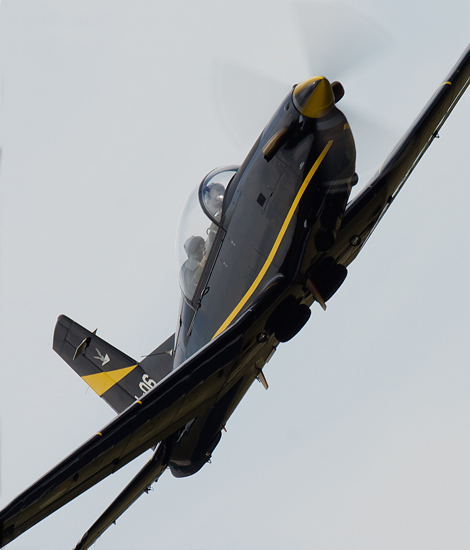
|
Spotter Day at Woensdrecht Air Base; Woensdrecht, June 19, 2012
Exercise Joint Medical Modules; Text and Photograph's by Alex van Noye
A spotter day at Woensdrecht Air Base was on the program in the afternoon of Tuesday, June 19, 2012. The exercise Joint
Medical Modules was ongoing during the spotter day. This medical evacuation exercise was conducted at Woensdrecht Air
Base by Dutch and Belgian troops from the air force and the army.
The Exercise Joint Medical Modules is a medical evacuation exercise which should train the medical staff of the Royal
Netherlands Air Force in evacuation situations. The Dutch and Belgian air forces are undergoing the exercise together in
this year’s edition. The two countries train evacuating casualties from a crisis area during war. Transport helicopters
of the Dutch Defense Helicopter Command and the Belgian Helicopter Wing are used to transport the wounded soldiers. The
Dutch helicopters are from Gilze-Rijen Air base and the Belgian helicopters are from the Belgian airbase Beauvechain.
Besides the helicopters, also an Embraer 135 and a C-130 Hercules aircraft are deployed from the Belgian airbase
Brussel-Melsbroek. The helicopters would fly from Woensdrecht Air Base during this exercise to simulate a real
evacuation mission. A medical station was set up to treat the wounded persons on the airbase. An amount of 70 medical
staff members from the Netherlands and Belgium were involved in the exercise. Besides transporting wounded, the most
important exercise was to treat the casualties in a war zone before the evacuation. Medical personnel must be able to
offer first aid to the victims of war. During the exercise, communication and procedures are central. The treatment of
victims under difficult circumstances is central during this scenario. Background sounds and moving helicopters are
difficult factors during the treatment of victims.
The transportation of wounded persons through the air is almost as old as the invention of the airplane itself. The
concept of injured transportation by air was originated in the military. Air ambulances were tested by various military
organizations during the First World War. The United States used aircraft to rescue the crew of a plane after a crash.
Planes had at that time limited possibilities and the principle was criticized, however the idea remained. The first
fully organized air ambulance services were used by the British and the French during the African War and the Middle East
|
|
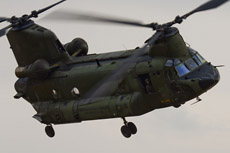
|
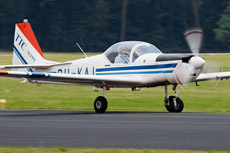
|
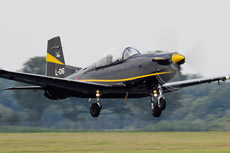
|
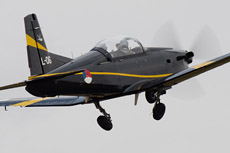
|
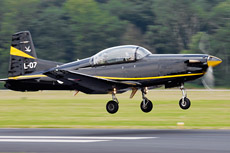
|
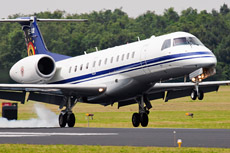
|
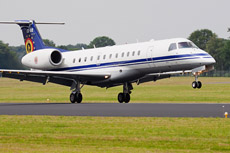
|
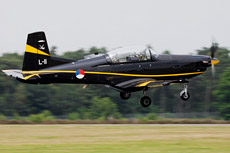
|
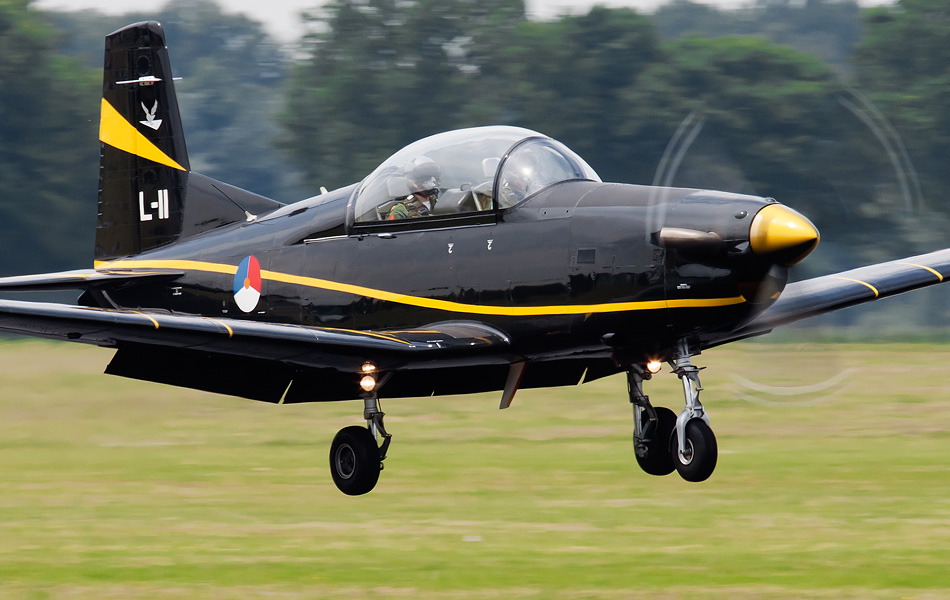
|
Colonial War in the 20s. An Airco DH.9A was arranged as a trauma airplane during the suppression of the "Mad Mullah"
in Somalia. Helicopters were first used by the Americans in Burma during the Second World War. Various war casualties
were evacuated to safer grounds by these helicopters. The first structural use of helicopters was during the Korean
War in the period from 1950 to 1953. Originally, only victims of battlefields were evacuated, but soon the helicopters
were used to transport critical patients to hospital ships. This often happened after the victims were treated in
field hospitals. The knowledge which was needed for proper evacuations evolved after the Korean War. In 1969, American
Huey helicopters were frequently used for evacuations of wounded soldiers during the Vietnam War. Also civilian
helicopters were increa- singly used as an ambulance. These helicopters were often used after car accidents. The
demand for air ambulances increased in the civilian aviation. The survival of victims of accidents was increased
significantly with the use of helicopters.
We had to reports ourselves at the beginning of the afternoon at the base information center next to the main gate
of Woensdrecht Air Base. When the group was complete, we were taken to a briefing room where a spokesman of the Royal
Netherlands Air Force received us. We had a small instruction about the safety regulations and the names of the spotters
were checked on the list. After this check we were able to move to the airbase. We were driven by bus to the runway. We
stopped a few times to take pictures of several gate guards on our way to the runway. We were ridden to the runway under
the supervision of the air traffic controller. We were allowed to take place at about 1/3 of the length of the runway.
This was the point at which the aircraft would come loose from the ground during take-off. The first aircraft which
arrived in front of my lens was a Chinook of the no 298 Squadron from Gilze-Rijen Air Base. This large helicopter was
taken off from the medical field hospital on the other side of the airbase. The helicopter made a very spectacular fly-by
along us. A Slingby T-67 Firefly of the Test & Training Centre (TTC) from Seppe made a few touch and go’s in the meanwhile.
This small aircraft is used by the TTC for the candidate’s selection procedure of the pilot training.
After half an hour, the first PC-7s appeared on the opposite site of the runway. Two PC-7s taxied to the head of the
runway before they entered it. The platform of the no 131 EMVO Squadron is located across the runway behind the tree line.
The first PC-7s entered the runway after a few minutes. The first small aircraft came off the ground when it passed us.
Also, the second PC-7 went airborne at the same point. This gave me some nice take-off photos of the departing PC-7s.
After fifteen minutes also a third PC-7 appeared at the head of the runway. It was very easy to capture this PC-7. The
aircraft turned immediately after take-off into the circuit. A Belgian Embraer 135 came in for landing. This aircraft
took part in the medical evacuation exercise Joint Medical modules. After the landing of this aircraft, it taxied to
the field hospital at the end of the runway. The third PC-7 was flying circuits in the meanwhile. The PC-7 came in for
a full stop after it made circuits for more than one hour. The other 2 PC-7s returned to Woensdrecht as well within 30
minutes after the landing of the first PC-7. The spotter day ended with a visit of two Belgian A-109s. These helicopters
were also involved in the medical evacuation exercise. Both helicopters past us two times, before they left back to
Belgium. The helicopters flew along us with low speed; therefore I was able to capture them easily on photo. Our visit
to Woensdrecht Air Base was over after the departure of the Belgian A-109s. We were driven back by bus to the parking
lot at the main base gate. The visit to Woensdrecht was a nice visit with good photo moments.
|
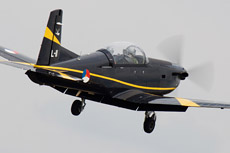
|
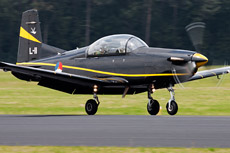
|
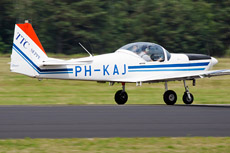
|
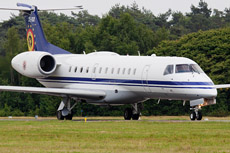
|
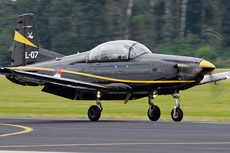
|
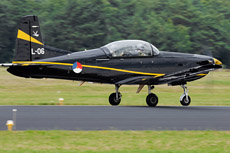
|
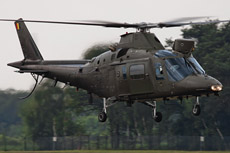
|
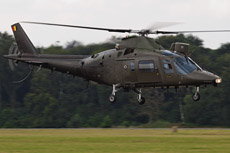
|
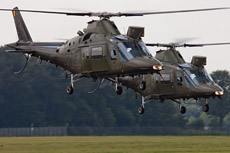
|
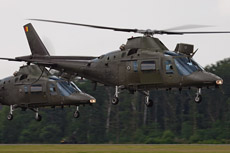
|
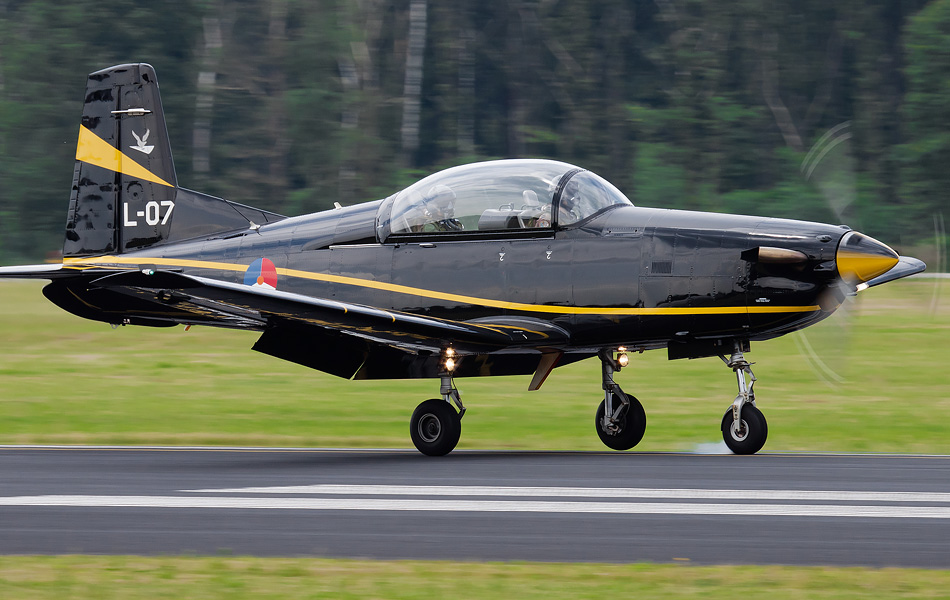
|
|
|

|







